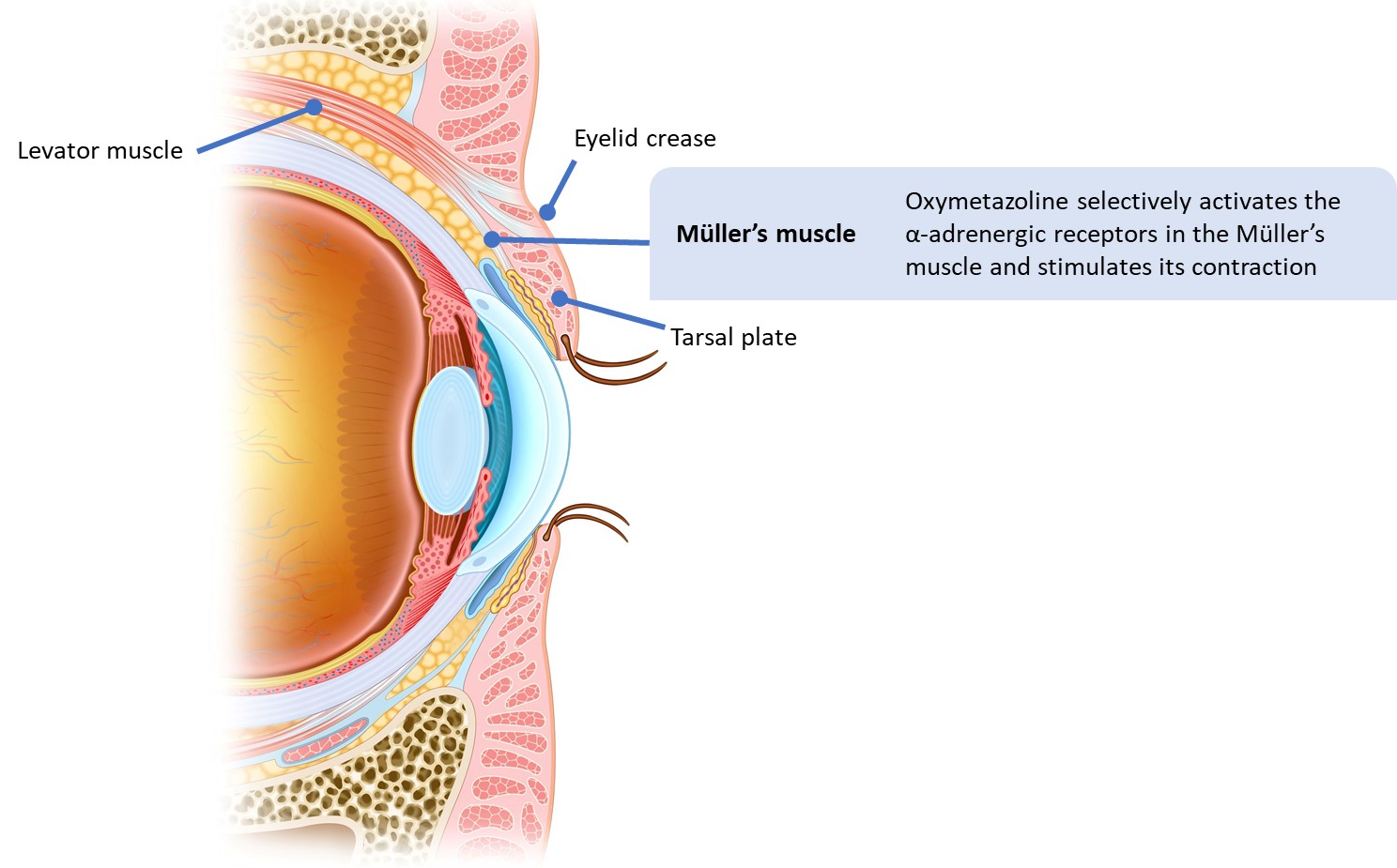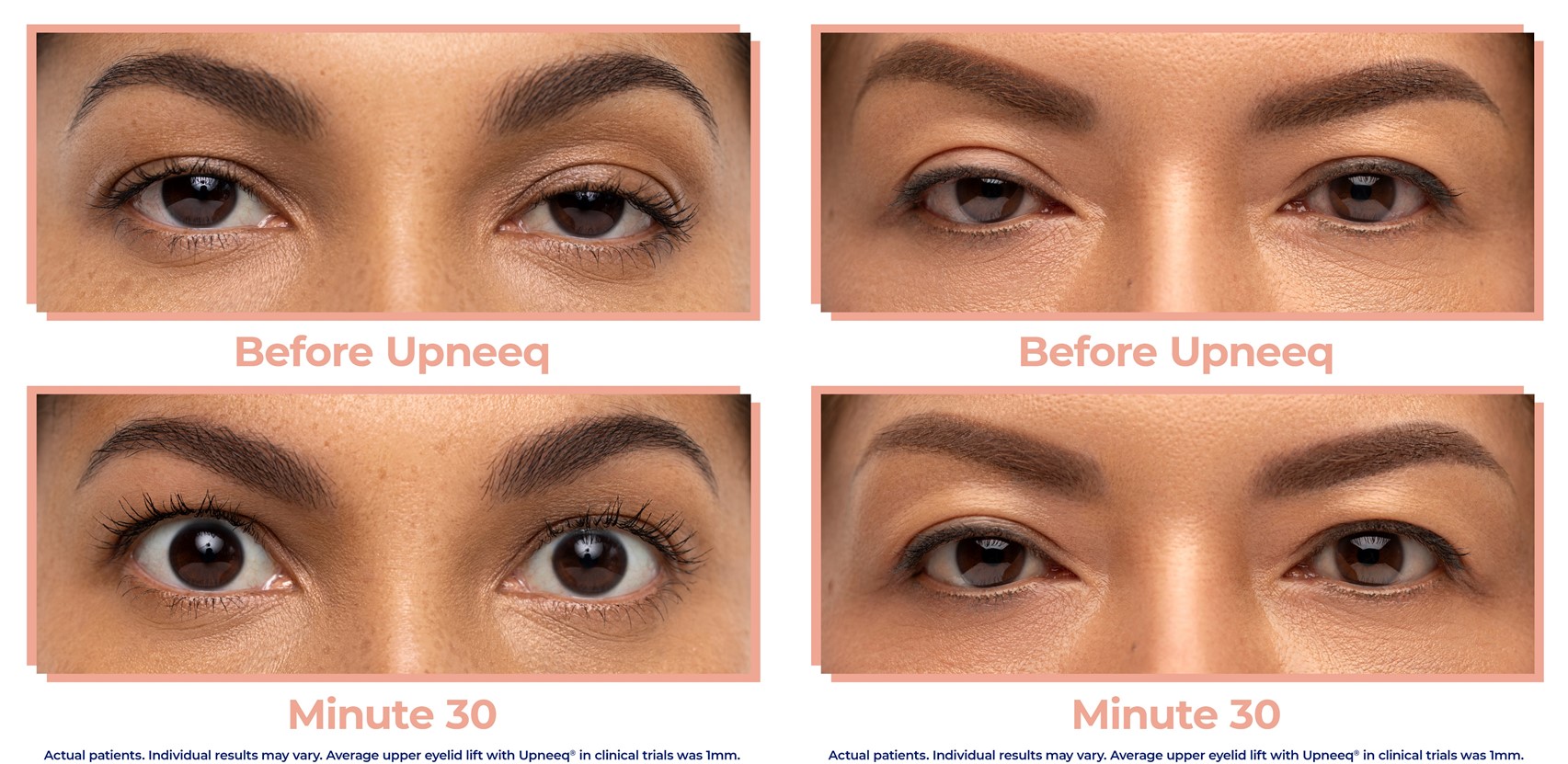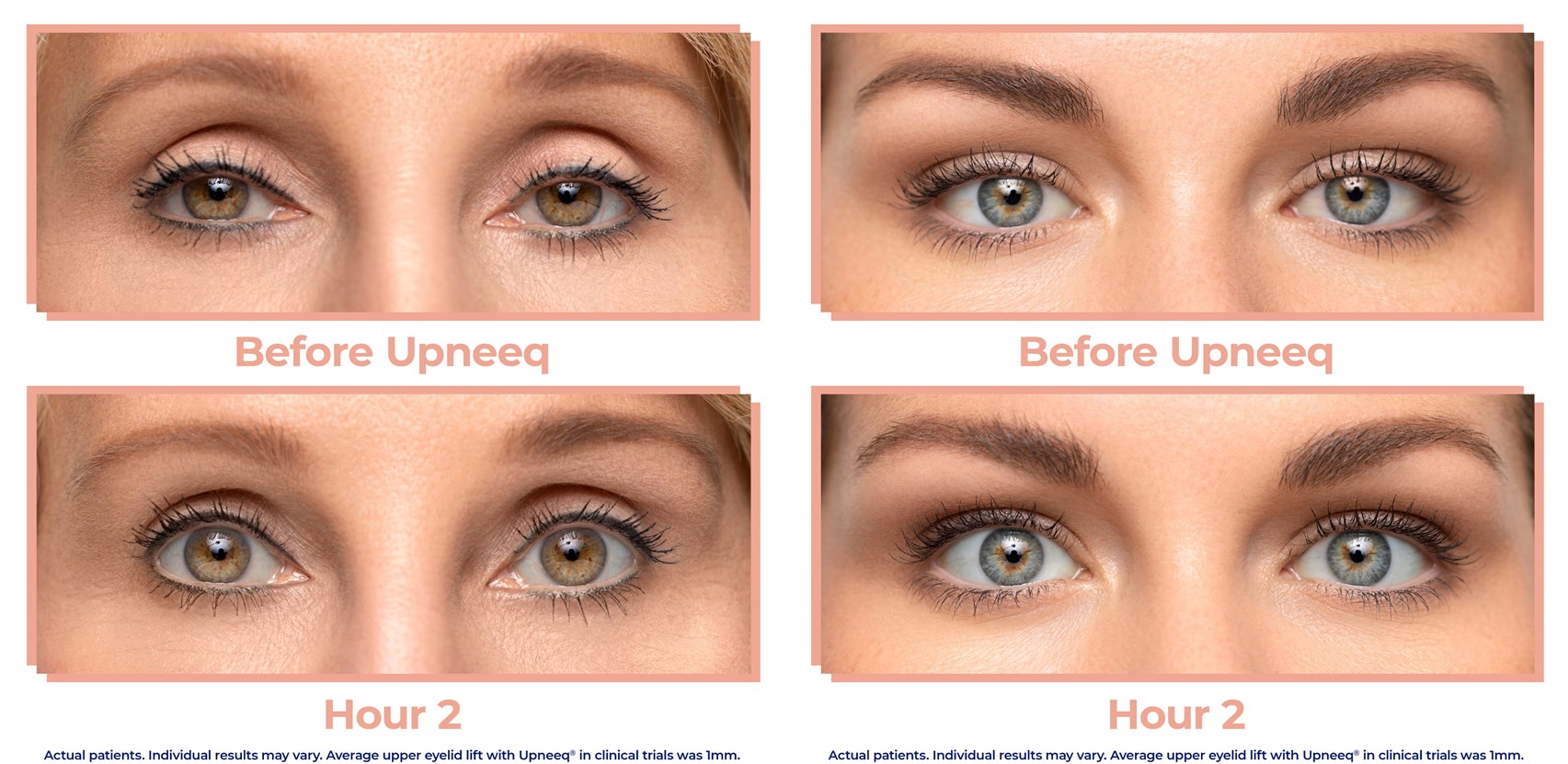- Home
- About
-
Services
-
Anophthalmos
-
Blepharoplasty
-
Congenital
-
Eyelid Laxity
-
Anophthalmos
- Forms
- Media
- Testimonials
- Gallery
- FAQ




